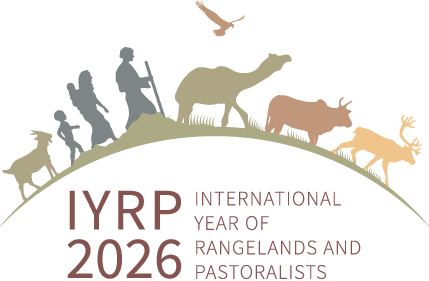UNESCO – ICH
In October 2003, the United Nations Educational, Scientific and Cultural Organization (UNESCO) agreed on the Convention for the Safeguarding of the Intangible Cultural Heritage (ICH) of Humanity. The ICH refer to the practices, representations, expressions, knowledge and skills – as well as the instruments, objects, artefacts and cultural spaces associated with them – that communities recognise as part of their cultural heritage. This heritage, passed on from generation to generation, is being constantly recreated by communities in response to their environment and their interaction with nature and their history. It provides them with a sense of identity and continuity, thus promoting respect for cultural diversity and human creativity.
TRANSHUMANCE as ICH
“Transhumance, the seasonal droving of livestock along migratory routes in the Mediterranean and the Alps” was included in the UNESCO ICH List in December 2019 by a European network of candidacy represented by Italy, Austria and Greece.
Promoted by a cluster of practitioners and heritage-keepers, the wording chosen to define the value of such a practice for local pastoralist communities and territories is centred on local knowledge safeguarding and conserving livestock as well as pastoral migration routes and rangelands used by the herds and their herders. In particular, the dossier outlines how transhumance shapes the relations among people, the co-existence of humans and animals and the maintenance of ecosystems through shared rituals and social practices, ways of managing land and water resources, and transmitting knowledge about how to deal with natural changes and hazards.
Good elements of coherence and common strategies can surely be found between the process of safeguarding and valorising transhumance and the process of working towards the IYRP, especially in view of the fact that several members of the IYRP International Support Group are involved in both processes.
In March 2022, to celebrate progress toward UNESCO's recognition of transhumance as an ICH in Europe, sheep, cattle and horses and their herders strolled down the Champs Elysées in Paris. This recognition harmonises with the UN process of declaring an IYRP in 2026.
The Focal Points for the second wave of the Transhumance Nomination as UNESCO ICH met in Madrid, Spain, on 21–23 October 2022 and – among other things – discussed the Safeguard Plan with representatives from the IYRP Support Group and the FAO Pastoral Knowledge Hub (PKH).
On 5 December 2023, the UNESCO Commission officially declared transhumance as ICH for 10 countries in Europe (Albania, Andorra, Austria, Croatia, Spain, France, Greece, Italy, Luxembourg and Romania). This was the culmination of several years of collaboration by people in these countries, with Spain as team leader. A film compiled for UNESCO on "Transhumance: the seasonal droving of livestock" can be found below.

